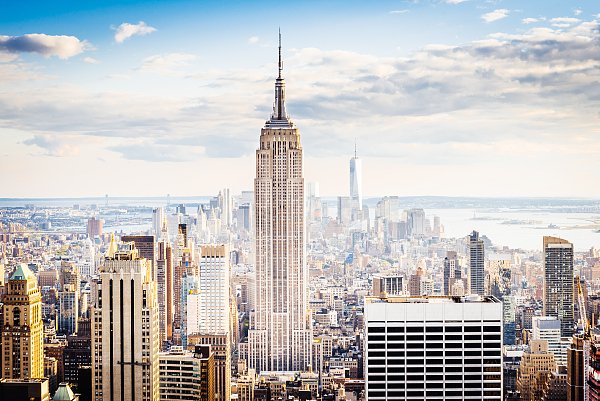According to US media reports, for a long time, people have generally blamed several Asian countries for the plastic pollution crisis, but the latest research shows that the world’s largest plastic waste maker “has someone else.”
The U.S. leads the list
In October of this year, the U.S. Environmental Protection Agency released a plan to solve the problem of marine debris, naming five Asian countries China, Indonesia, the Philippines, Thailand, and Vietnam—to be primarily responsible for the plastic waste that flows into the ocean every year.
However, according to the US “National Geographic” magazine, scientists do not agree with this statement. A recent study recently published in the international academic journal
“Science Progress” pointed out that the United States blames Asian countries for the problem of plastic waste pollution, but the United States is the world’s largest producer of plastic waste.
The research report titled “How much plastic waste is discharged into land and sea in the United States” shows that the plastic waste produced in the United States in 2016 was far ahead in the world, reaching 42 million tons; the annual per capita production of plastic waste was 130.1 kg.

“ Although the United States has only 4% of the world’s total population, it produces 17% of the world’s plastic waste .” said one of the authors of the study and a marine scientist at Woods Hole Marine Education Association, Kara Lavender Law. We should really look at the plastic pollution problem in our country.”
A “garbage mountain” as high as the Empire State Building
The research report stated that about 2.7% to 5.3% of the plastic waste generated in the United States was littered or dumped illegally in the natural environment due to improper management.
In 2016, only 9% of plastic waste produced in the United States was recycled. Approximately 2.24 million tons of American plastic waste was littered or dumped illegally in the natural environment. Among them, about 1.5 million tons of plastic waste is directly discarded in rivers, lakes and coasts, and it is likely to flow into the ocean. This also means that the United States is one of the major countries that cause plastic pollution in the world’s oceans.
One of the authors of the research report, Professor of Environmental Engineering at the University of Georgia, Jenna James Baker, said that 2.24 million tons of plastic waste is enough to build a “garbage hill” as high as the Empire State Building on the lawn of the White House .
According to the research report, in the past 30 years, the United States has shipped more than half of its plastic waste overseas. Only in recent years, China and other countries have successively announced the rejection of “foreign garbage”, and the garbage transfer behavior in the United States has been greatly reduced, but its garbage collection problem still needs to be solved urgently.
More countries join the “plastic limited” team
Plastic pollution has become one of the most pressing environmental problems. The plastic bags and plastic bottles that people use in daily life cannot be degraded in the natural environment for hundreds of years, which will cause harm to the ecological environment and organisms.

According to a report recently released by the World Economic Forum, 170 countries have pledged to significantly reduce the use of plastic products by 2030, and some of them have already begun actions.
China : Issued a “plastic restriction order”. By the end of 2020, non-degradable disposable plastic straws will be banned in the catering industry across the country, and non-degradable plastic bags will be prohibited in shopping malls and other places in some cities.
By the end of 2022, the scope of implementation will be expanded to all built-up areas in cities above the prefecture level and built-up areas in counties in coastal areas. By the end of 2025, non-degradable plastic bags will be prohibited in the bazaars in the above-mentioned regions.
Kenya: In 2017, the use of disposable plastic bags was banned. In June of this year, tourists were prohibited from carrying disposable plastic items such as water bottles and disposable plates into national parks, forests, beaches and protected areas.
Zimbabwe: The use of plastic food containers was banned in 2017, and offenders will be fined between US$30 and US$5,000.
United Kingdom: Taxes on plastic bags began in 2015, and the sale of products containing plastic particles, such as shower gels and scrubs, was banned in 2018. A new ban has been announced recently, prohibiting the provision of plastic straws, stirring rods and cotton swabs.
The European Union: plans to ban disposable plastic items such as plastic straws, knives and forks and cotton swabs by 2021.
India: There is no ban on plastic products nationwide, but the storage, manufacturing and use of disposable plastic products in various states must comply with regulations.
United States: New York, California, and Hawaii have announced the ban on disposable plastic bags, but the federal government has not issued a nationwide ban.



